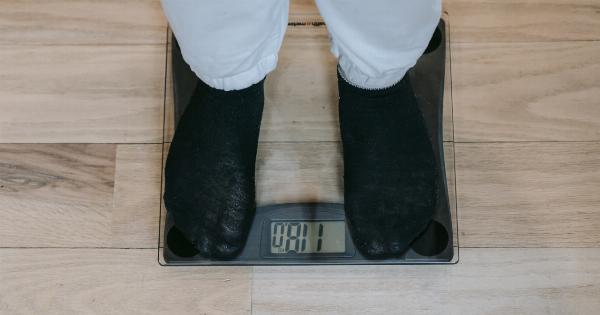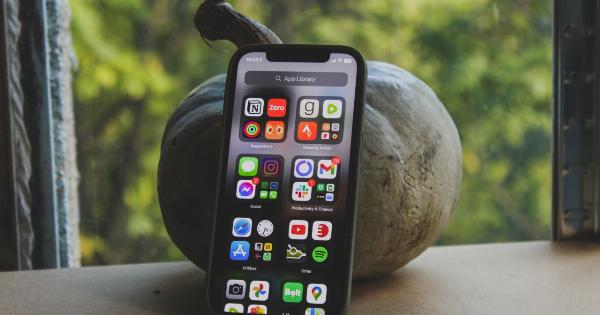When it comes to achieving your health and fitness goals, tracking your diet results can be a powerful tool. By monitoring your progress week by week, you are able to see the changes and improvements in your eating habits and make necessary adjustments.
In this article, we will explore the importance of keeping track of your diet, different methods of tracking, and how to effectively use this tool for optimal results.
Why track your diet results?
Tracking your diet results is essential for several reasons. Firstly, it provides invaluable insight into your eating patterns and helps you identify potential areas for improvement.
By tracking what you eat, you become more mindful of your choices and can make more informed decisions about your food intake.
Secondly, tracking your diet results helps you stay accountable to your goals. When you see your progress in black and white, it serves as a constant reminder of what you set out to achieve.
It helps you recognize any deviations from your desired path and encourages you to stay on track.
Lastly, tracking your diet results allows you to identify what works best for your body.
Everyone’s metabolism and nutritional needs are different, and by keeping track of what you eat and how you feel afterwards, you can tweak your diet to achieve maximum results.
Methods of tracking
There are various methods available to track your diet results, and it’s important to find the one that works best for you. Here are a few popular options:.
Food diary/journal
A food diary or journal is a simple yet effective way to track your diet. You can make note of everything you eat and drink throughout the day, including portion sizes and any additional information such as calories or macronutrient breakdown.
This method allows you to visually see your food choices and easily identify any areas that need improvement.
Mobile apps
In today’s digital age, mobile apps have become a popular tool for tracking various aspects of our lives, including our diets. There are numerous apps available that allow you to input your meals and track your nutritional intake.
These apps often have extensive food databases, making it easy to find and add different foods to your daily log.
Excel/Google Sheets
For those who prefer a more customizable approach, using a spreadsheet program like Excel or Google Sheets can be a great option.
You can create your own tracking template with columns for date, meal, food items, and any additional information you wish to include. This method gives you full control over the layout and specific details you want to track.
Photographic tracking
If you find it cumbersome to log every single food item, you might consider using photographic tracking. Simply take a photo of each meal or snack you have and review them at the end of the week.
While this method might not provide specific nutritional information, it gives you a visual representation of what you eat and can help you identify any unhealthy patterns.
Effective use of the tracking tool
Now that you have chosen a method to track your diet results, it’s important to use it effectively to maximize your progress. Here are a few tips:.
Set realistic goals
Before you start tracking, set realistic and achievable goals for yourself. Whether it’s weight loss, increased muscle mass, or improved energy levels, having a clear goal in mind will guide your tracking efforts and keep you motivated.
Be consistent
Consistency is key when it comes to tracking your diet results. Make it a habit to record every single thing you consume, including snacks and beverages.
The more consistent you are, the more accurate and helpful the data will be in guiding your dietary choices.
Analyze and evaluate
Regularly analyze and evaluate your tracked data to identify patterns and trends. Look for any recurring unhealthy habits or possible nutrient deficiencies.
This analysis will enable you to make informed changes to your eating habits and ensure you are on the right path towards achieving your goals.
Seek professional guidance
If you are unsure about how to interpret your tracked data or need expert advice on improving your diet, consider consulting with a registered dietitian or nutritionist.
They can provide personalized recommendations based on your tracking results and help you make informed decisions about your food choices.
Conclusion
Tracking your diet results on a weekly basis is an effective way to assess your progress, stay accountable, and make adjustments to optimize your health and fitness goals.
Whether you prefer a traditional food diary, mobile apps, spreadsheets, or photographic tracking, finding a method that suits your lifestyle is crucial. By setting clear goals, being consistent, analyzing your data, and seeking professional guidance when needed, you can harness the power of tracking to transform your eating habits and achieve long-term success.




























